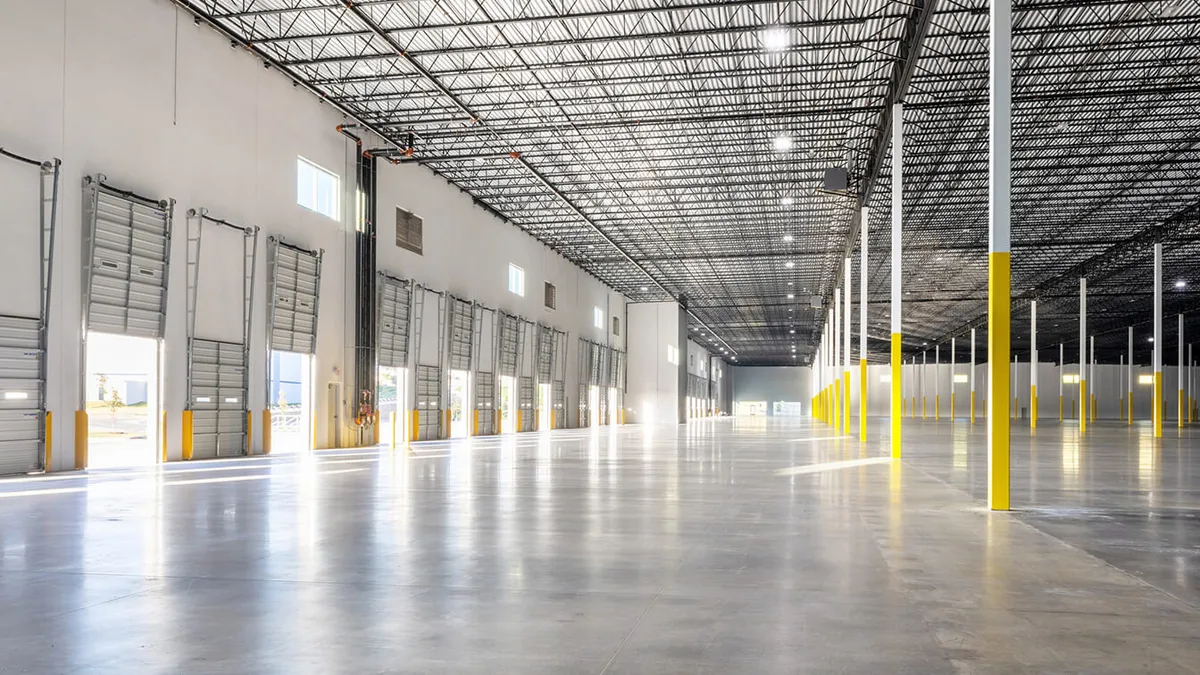Winter's almost here, and for the construction industry, that means keeping employees as warm and safe as possible during cold-weather construction operations. Significant surface transportation activities in the country's northern and mountainous states grind to a halt every year as a reduced staff shifts its focus to keeping highways and bridges salted and free of snow and ice, with only essential repairs kept part of the construction agenda. The vast majority of firms in the private sector, however, don't have the luxury of shutting down for the season.
For those companies, safety mandates as well as considerations and procedures from organizations like the Occupational Safety and Health Administration and the U.S. Centers for Disease Control and Prevention's National Institute for Occupational Safety and Health can mean the difference between a safe winter job site and a hazardous one.
When it comes to safe cold-weather operations, managers need to keep these key issues in mind.
1. Preventing workers from slipping on icy surfaces
OSHA continues to focus on fall protection issues, and that doesn’t change whether the employee is teetering several stories above the ground on scaffolding or marching across ice at ground level. The agency suggests employees wear footwear with adequate traction when working at winter construction sites to reduce the chance of slipping. In addition, OSHA said short steps and a slower walking gait can go a long way in maintaining one's balance.
2. Keeping worker exposure to freezing temperatures to a minimum
According to NIOSH, workers who aren’t accustomed to freezing temperatures are particularly susceptible to health emergencies brought on by cold stress, but everyone can suffer the effects of extreme cold. Cold weather can cause hypothermia, trench foot, frostbite and chilblains — a condition that can result in itching, inflamed ulcers when repeated and prolonged exposure to cold damages blood vessels.
If work cannot be rescheduled, NIOSH suggests that employers provide employee-warming stations with hot drinks that are accessible during breaks. The agency also recommends the use of more employees in shorter shifts to reduce exposure time and physical exertion. Training on the potential risks of cold-temperature exposure can also reduce the occurrence of cold stress.
For employees, NIOSH recommends dressing in warm loose layers for adequate blood flow and insulation from the cold. Clothing items like warm socks, gloves, insulated boots and hats can keep the cold from affecting a worker's extremities. Employees should also consider keeping extra clothing items, warm drinks and blankets close at hand.
3. Ensuring safety during snow and ice removal operations
The act of shoveling snow can be extremely strenuous, especially for those individuals who do not engage in regular cardiovascular activity. According to the Cleveland Clinic, approximately 11,000 people seek shoveling-related hospital treatment each year for injuries (93%) or cardiac issues (7%). Experts say that cold temperatures can constrict arteries, which increases blood pressure and the chance of a heart attack. Therefore, if workers have any heart attack risk factors — including coronary artery disease, an age over 45 for men or 55 for women, high cholesterol, inactivity, diabetes, obesity or tobacco use — they shouldn't engage in snow shoveling.
If workers are deemed fit to shovel snow, they should always bend at the knee, keep their back straight, avoid fully loading the shovel, and throw the snow without twisting. If using snow blowers, supervisors should make sure the equipment is grounded to prevent electric shocks.
Heavy snow and slippery ice can also make rooftop or high-altitude removal dangerous. The weight can make older or in-progress roofs unstable, so employers should ensure the structural integrity before sending workers up for removal operations. The use of aerial lifts and ladders is an option, as long as employees are provided with the correct fall protection equipment.
4. Operating vehicles and equipment safely
According to OSHA, employers should train all vehicle and equipment drivers for winter driving and ensure that all operators are properly licensed. The agency suggests using spaces like empty parking lots to practice negotiating icy surfaces and keeping vehicles properly maintained and stocked with emergency items like flashlights, flares, jumper cables, blankets, nonperishable food and water.
5. Ensuring the structural integrity of materials
Winter construction cold-weather operations aren't just about safety. While most construction tasks can be carried out with enough strategically placed warming equipment, some operations — such as concrete and masonry-related work, painting and drywall finishing — can take much longer and even fail if the proper precautions aren't taken.
For example, according to the Portland Cement Association, if concrete is to reach necessary strength levels, it can't be allowed to freeze for the first 24 hours after being poured or placed. If the weather isn't too severe, sheeting the concrete can ensure the required temperature and moisture necessary for curing. If not, then supplemental heating systems or enclosures must be brought in to maintain the integrity of the concrete.
Structural considerations are also a factor in a great deal of masonry work, including bricklaying. The same principle that applies to concrete applies in masonry. The material — in this case mortar mix — must be kept from freezing and at warm-enough temperatures during the initial phases of installation to perform properly.
While nothing is going to fall down if paint or drywall finishing materials are exposed to freezing temperatures, product quality enters the picture, and these coatings can take a long time to set up or dry. As far as joint compound — or drywall mud — is concerned, temperature and humidity have everything to do with drying time. In the worst-case scenario, it can take days for joint compound to dry sufficiently so that crews can move on to painting or applying other wall finishes.
The same goes for paint. When faced with low-enough temperatures, the life of the paint could be reduced and leave it susceptible to issues like mildew growth. The rule of thumb with any cold-weather material installation: Contractors should follow manufacturers' guidelines to ensure that the finished product functions as expected.





















